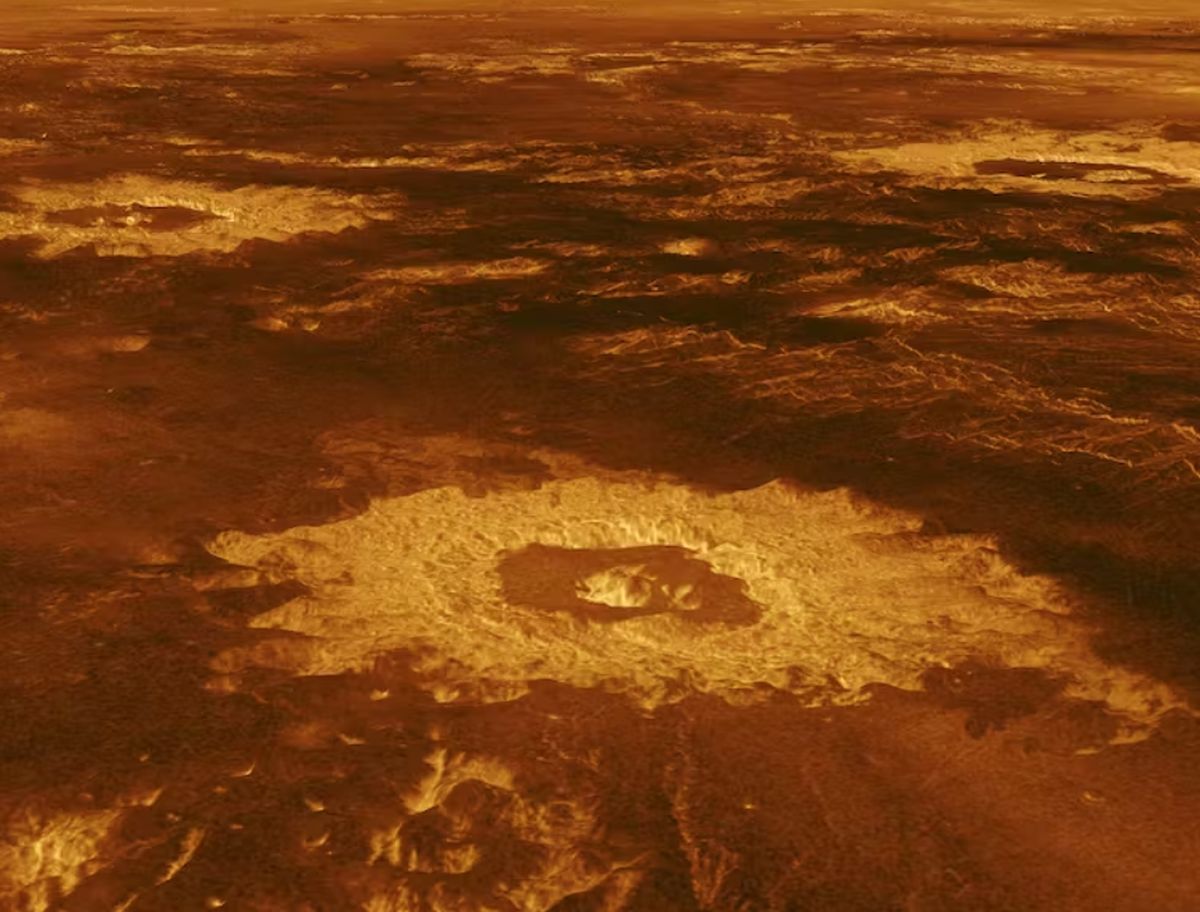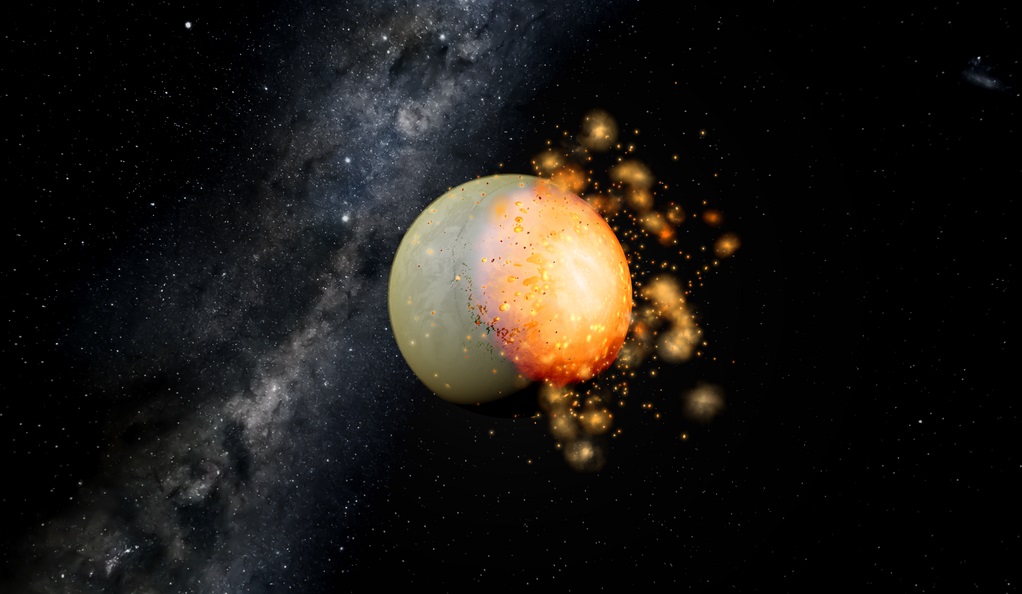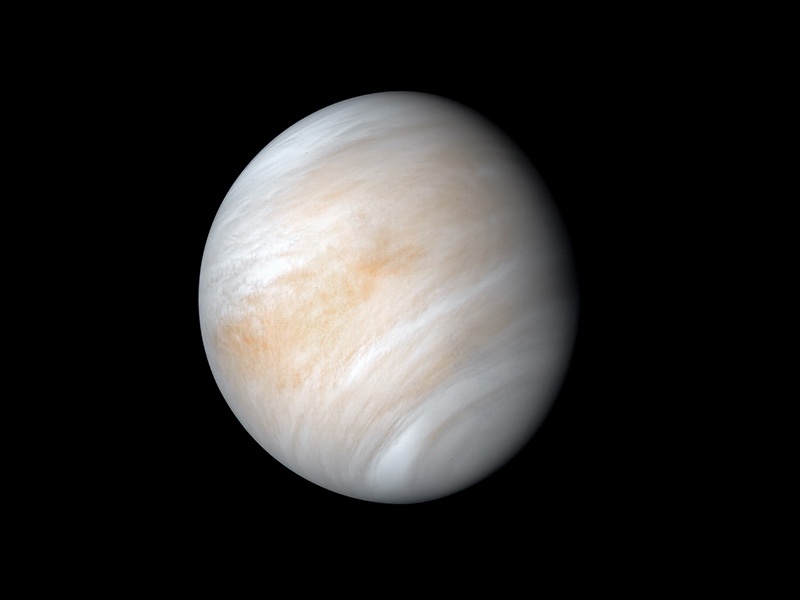When it comes to exploring our planetary neighbours, Mars tends to get a lot of the attention. For one thing its easier to explore as the environment is far less hostile than other planets but it also offers the tantalising possibility of finding evidence of primitive life, past or present! Venus however is still a fascinating world and perhaps one that gives us a glimpse into our future if we don’t do something to check global warming. A team of scientists are proposing an official Venus Exploration Program for NASA similar to the existing Mars program.
Continue reading “Venus is Important. We Should Take its Exploration Seriously.”The Solar Wind is Stripping Oxygen and Carbon Away From Venus
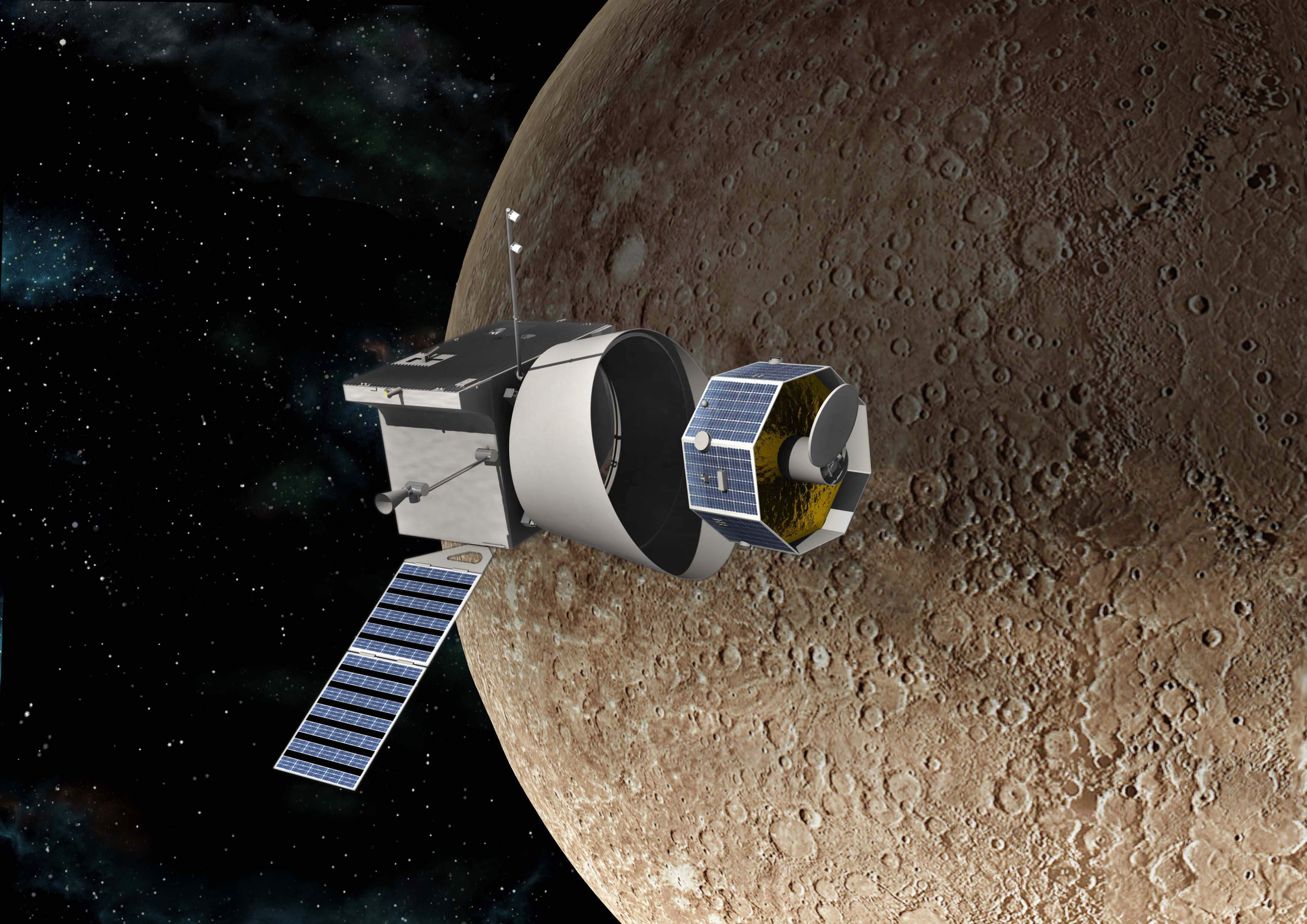
The BepiColombo mission, a joint effort between JAXA and the ESA, was only the second (and most advanced) mission to visit Mercury, the least explored planet in the Solar System. With two probes and an advanced suite of scientific instruments, the mission addressed several unresolved questions about Mercury, including the origin of its magnetic field, the depressions with bright material around them (“hollows”), and water ice around its poles. As it turns out, BepiColombo revealed some interesting things about Venus during its brief flyby.
Specifically, the two probes studied a previously unexplored region of Venus’ magnetic environment when they made their second pass on August 10th, 2021. In a recent study, an international team of scientists analyzed the data and found traces of carbon and oxygen being stripped from the upper layers of Venus’ atmosphere and accelerated to speeds where they can escape the planet’s gravitational pull. This data could provide new clues about atmospheric loss and how interactions between solar wind and planetary atmospheres influence planetary evolution.
Continue reading “The Solar Wind is Stripping Oxygen and Carbon Away From Venus”NASA’s VERITAS Mission Breathes New Life
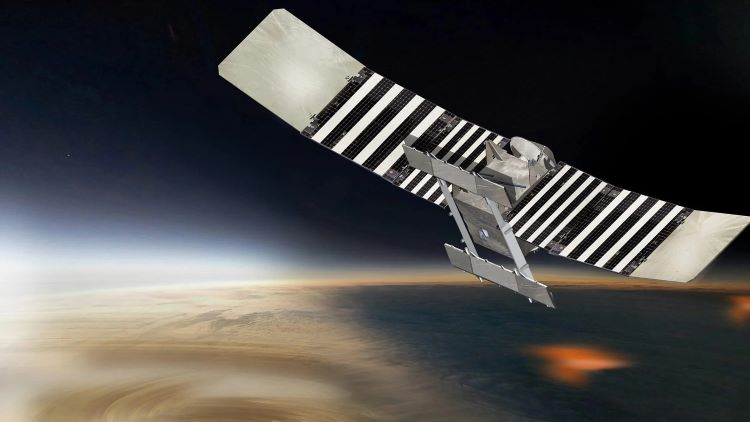
In a win for planetary scientists, and planetary geologists in particular, it was announced at the recent 55th Lunar and Planetary Science Conference (LPSC) in Texas earlier this month that NASA’s VERITAS mission to the planet Venus has been reinstated into NASA’s Fiscal Year 2025 (FY25) budget with a scheduled launch date of 2031, with the unofficial announcement coming on the first day of the conference, March 11, 2024, and being officially announced just a few days later. This comes after VERITAS experienced a “soft cancellation” in March of last year when NASA revealed its FY24 budget, providing VERITAS only $1.5 million, which was preceded by the launch of VERITAS being delayed a minimum of three years due to findings from an independent review board in November 2022.
Continue reading “NASA’s VERITAS Mission Breathes New Life”There are Mysteries at Venus. It’s Time for an Astrobiology Mission
When scientists detected phosphine in Venus’ atmosphere in 2020, it triggered renewed, animated discussions about Venus and its potential habitability. It would be weird if the detection didn’t generate interest since phosphine is a potential biomarker. So people were understandably curious. Unfortunately, further study couldn’t confirm its presence.
But even without phosphine, Venus’ atmosphere is full of chemical intrigue that hints at biological processes. Is it time to send an astrobiology mission to our hellish sister planet?
Continue reading “There are Mysteries at Venus. It’s Time for an Astrobiology Mission”Did Powerful Asteroid Impacts Make Venus So Different From Earth?
Venus and Earth have several things in common. Both are terrestrial planets composed of silicate minerals and metals that are differentiated between a rocky mantle and crust and a metal core. Like Earth, Venus orbits within our Sun’s circumsolar habitable zone (HZ), though Venus skirts the inner edge of it. And according to a growing body of evidence, Venus has active volcanoes on its surface that contribute to atmospheric phenomena (like lightning). However, that’s where the similarities end, and some rather stark differences set in.
In addition to Venus’ hellish atmosphere, which is about 100 times as dense as Earth’s and hot enough to melt lead, Venus has a very “youthful” surface. Compared to other bodies in the Solar System (like Mercury, the Moon, and Mars), Venus’ surface retains little evidence of the many bolides impacts it experienced over billions of years. According to new research from the Southwest Research Institute (SwRI) and Yale University, this may result from bolide impacts that provided a high-energy, rejuvenating boost to the planet in its early years.
Continue reading “Did Powerful Asteroid Impacts Make Venus So Different From Earth?”Astronomers Scan the Skies for Nanosecond Pulses of Light From Interstellar Civilizations

In 2015, Russian-Israeli billionaire Yuri Milner and his non-profit organization, Breakthrough Initiatives, launched the largest Search for Extraterrestrial Intelligence (SETI) project. Known as Breakthrough Listen, this SETI effort relies on the most powerful radio telescopes in the world and advanced analytics to search for potential evidence of technological activity (aka. “technosignatures”). The ten-year project will survey the one million stars closest to Earth, the center of our galaxy, the entire galactic plane, and the 100 galaxies closest to the Milky Way.
In 2018, they partnered with the Very Energetic Radiation Imaging Telescope Array System (VERITAS) Collaboration, a ground-based system of gamma-ray telescopes operating at the Fred Lawrence Whipple Observatory (FLWO) atop Mt. Hopkins in southern Arizona. In a recent paper, the VERITAS Collaboration shared the results of the first year of their search for “optical technosignatures” (from 2019 to 2020). Their results are a vital proof of concept demonstrating how future searches for extraterrestrial civilizations can incorporate optical pulses into their technosignature catalog.
Continue reading “Astronomers Scan the Skies for Nanosecond Pulses of Light From Interstellar Civilizations”Potentially Active Volcanoes Have Been Found on Venus
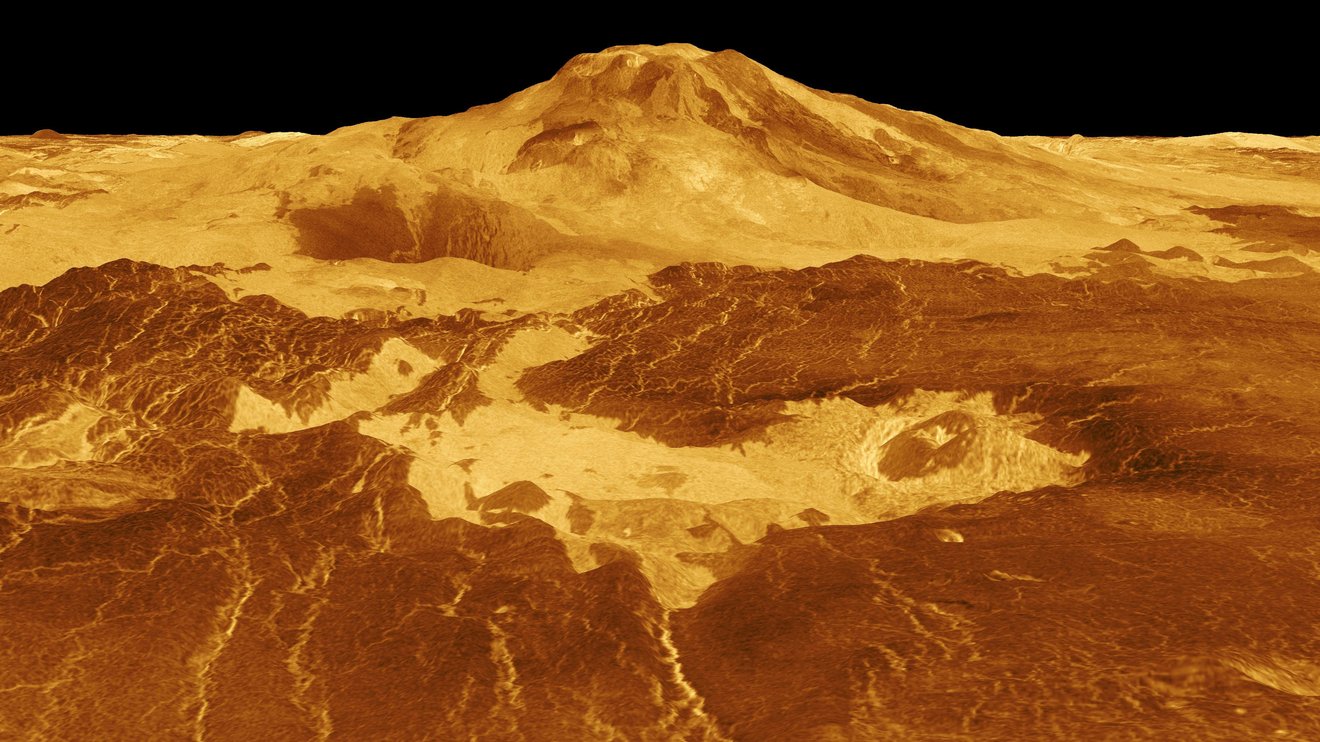
Using archival radar images taken in the 1990s by NASA’s Magellan spacecraft, scientists have found evidence of recent active volcanism on Venus. The images revealed a volcanic vent that changed shape and increased significantly in size over an eight-month period.
The scientists say their findings confirm long-held suspicions that the planet, which is known to have a very geologically young surface and evidence of past volcanic eruptions, is still active today.
“We made the discovery in the most likely place that there should have been new volcanism,” said Robert Herrick, a geophysicist at the University of Alaska Fairbanks, speaking at a briefing on March 15, 2023 from the Lunar and Planetary Science Conference in Texas. “Extrapolating from a data set of one for an entire planet could be dangerous, but most scientists would say it’s pretty good evidence that being able to catch an eruption in an eight-month time frame means that others are taking place as well. It confirms there is modern geological activity on Venus.”
Continue reading “Potentially Active Volcanoes Have Been Found on Venus”Venus is Like an Exoplanet that’s Right Next Door

We’re lucky to have a neighbour like Venus, even though it’s totally inhospitable, wildly different from the other rocky planets, and difficult to study. Its thick atmosphere obscures its surface, and only powerful radar can penetrate it. Its extreme atmospheric pressure and high temperatures are barriers to landers or rovers.
It’s like having a mysterious exoplanet next door.
Continue reading “Venus is Like an Exoplanet that’s Right Next Door”Volcanoes are the worst. They’ve caused extinctions on Earth, and probably killed Venus
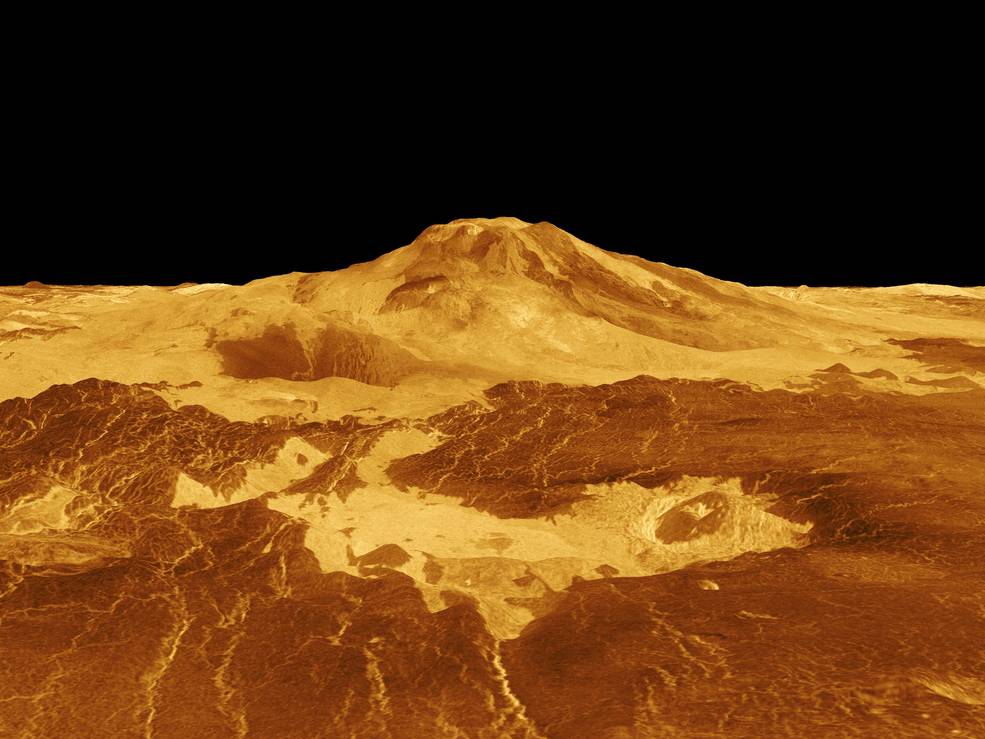
Is there anything good about volcanoes? They can be violent, dangerous, and unpredictable. For modern humans, volcanoes are mostly an inconvenience, sometimes an intriguing visual display, and occasionally deadly.
But when there’s enough of them, and when they’re powerful and prolonged, they can kill the planet that hosts them.
Continue reading “Volcanoes are the worst. They’ve caused extinctions on Earth, and probably killed Venus”Will Venus finally answer, ‘Are we alone?’
We recently examined how and why Saturn’s largest moon, Titan, could answer the longstanding question: Are we alone? It’s the only moon that possesses a thick atmosphere and the only planetary body other than Earth (so far) that has liquid bodies on its surface. These characteristics alone make Titan an enticing location to search for life beyond Earth. In contrast, what if life were to be found in one of the unlikeliest of places and on a planet that is known to possess some of the harshest conditions ever observed?
Continue reading “Will Venus finally answer, ‘Are we alone?’”

